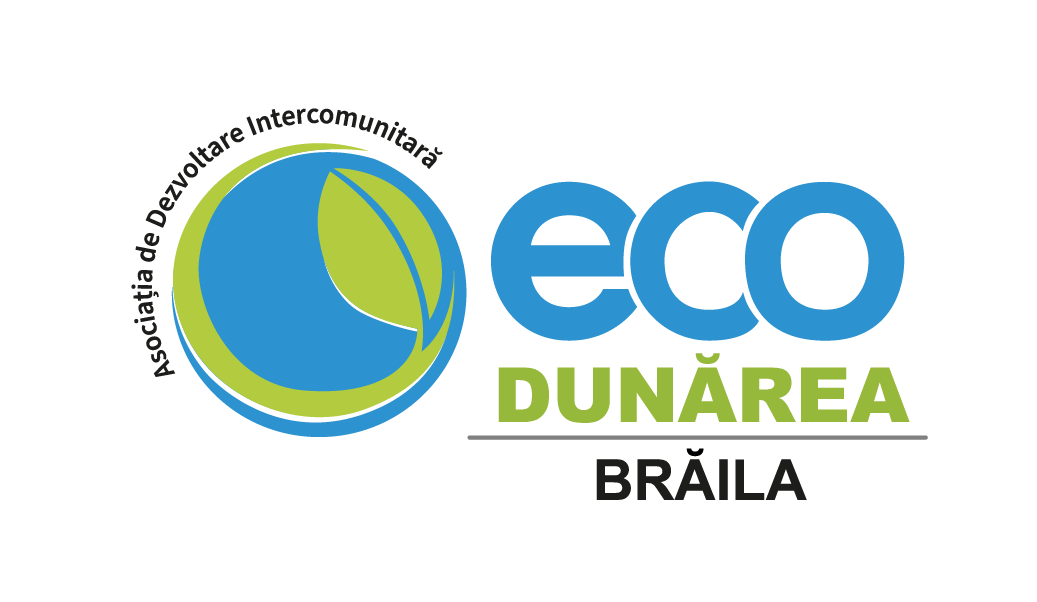On Partnership C’s Form 1065, it must answer “Yes” to question 2a of Schedule B. See Example 1 in the instructions for Schedule B-1 (Form 1065) for guidance on providing the rest of the information required of entities answering “Yes” to this question. Deduction for certain energy efficient commercial building property. See the Instructions for Form 7205 and section 179D for more information.
Line 2. Net Rental Real Estate Income (Loss)
In general, section 465 limits the amount of deductible losses partners can claim from certain activities. The at-risk limitations don’t apply to the partnership, but instead apply to each partner’s share of net losses attributable to each activity. Because the treatment of each partner’s share of partnership losses depends on the nature of the activity that generated it, the partnership must report the items of income, loss, and deduction separately for each activity. The at-risk limitation applies to individuals, estates, trusts, and certain closely held C corporations. 925, Passive Activity and At-Risk Rules, for additional information. A foreign partnership required to file a return must generally report all of its foreign and U.S. partnership items.
Waste Management and Remediation Services
If a corporation is owned through a DE, list the information for the corporation rather than the DE. To determine the maximum percentage owned in the partnership’s profit, loss, or capital for the purposes of questions 2a, 2b, and 3b, determine separately the partner’s percentage of interest in profit, loss, and capital at the end of the partnership’s tax year. This determination must be based what is a 1065 form on the partnership agreement and it must be made using the constructive ownership rules described below.
What is a pass-through entity?
Any portions of a balance over $1,000,000 will not earn interest or have a yield. Available to Lili Pro, Lili Smart, and Lili Premium account holders only; applicable monthly account fees apply. 2 Accounting, tax preparation and invoicing software is available to Lili Smart and Lili Premium account holders only; applicable monthly account fees apply. For instance, for a business with ten partners whose return is two months late, the late filing penalty will be ($220 × 10 partners × 2 months), which comes to $4,400. After calculating your gross receipts, if you sell products, you’ll complete Form 1125-A to calculate your cost of goods sold. Conversely, a final return informs the IRS that you’re winding down.
- This includes country clubs, golf and athletic clubs, airline and hotel clubs, and clubs operated to provide meals under conditions favorable to business discussion.
- A Form 7004 can be filled to enable this and the new deadline will be September 15th.
- Enter the total consideration received by the transferor partnership as a result of a transfer election under section 6418.
- If a partner, member, or employee of the partnership completes Form 1065, the paid preparer’s space should remain blank.
- Enter the total aggregate negative amount (in the appropriate space provided) resulting from all section 734(b) adjustments.
- Enter the ordinary income (loss) shown on Schedule K-1 (Form 1065) or Schedule K-1 (Form 1041), or other ordinary income (loss) from a foreign partnership, estate, or trust.
- Individual partners use Schedule K-1 to file their individual income tax returns.
Maximum Percentage Owned for Purposes of Questions 2 and 3
- Under the cash method, income is reported when received, while the accrual method recognizes income when earned, regardless of receipt.
- See section 263A(a) for rules on capitalization of allocable costs (including taxes) for any property.
- Answer “Yes” if the partnership made an optional basis adjustment under section 734(b) for the tax year.
- See section 274(n)(3) for a special rule that applies to expenses for meals consumed by individuals subject to the hours of service limits of the Department of Transportation.
- Next, the partnership must report to each partner their distributive share of all items that are QBI or qualified PTP items for each trade or business the partnership owns directly or indirectly.
- If the AMT gain is less than the regular tax gain, or the AMT loss is more than the regular tax loss, or there’s an AMT loss and a regular tax gain, enter the difference as a negative amount.
The penalty is $245 for each month or part of a month (for a maximum of 12 months) the failure continues, multiplied by the total number of persons who were partners in the partnership during any part of the partnership’s tax year for which the return is due. If the partnership receives a notice about a penalty after it files the return, the partnership may send the IRS an explanation and the IRS will determine if the explanation meets reasonable-cause criteria. Except as provided below, every domestic partnership must file Form 1065, unless it neither receives income nor incurs any expenditures treated as deductions or credits for federal income tax purposes. Schedule K-1s may seem daunting at first, but with a little guidance, you can understand and use it to prepare your tax return. Take the time to review each line item, and don’t hesitate to seek assistance if needed. Remember, the IRS relies on the information from your Schedule K-1, so accuracy is key.
For example, if the partnership has more than one rental real estate activity, identify the amount attributable to each activity. Also, for example, identify certain items from any rental real estate activities that may be subject to the recharacterization rules. Partnerships report deductions and losses in this section, which are subtracted from gross income to calculate net income. These include ordinary business expenses like salaries, rent, and utilities, as well as specific deductions such as depreciation and amortization. Deductions must adhere to IRS regulations, which allow only ordinary and necessary business expenses. Losses from passive activities are also reported but are subject to limitations.
The partnership must also indicate its accounting method—cash, accrual, or other—which impacts how income and expenses are recognized. Under the cash method, income is reported when received, while the accrual method recognizes income when earned, regardless of receipt. If the partnership fails to file the return and receives a notice about the penalty from the IRS, the partnership can send the IRS an explanation of why it failed to file. The IRS will evaluate and determine if the explanation meets reasonable-cause criteria for not filing a partnership tax return. The same penalty applies for failing to file a return that shows all the information required, unless such failure is due to reasonable cause.


